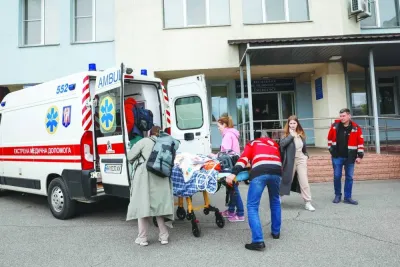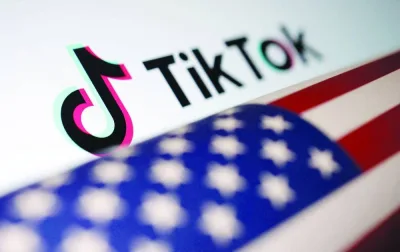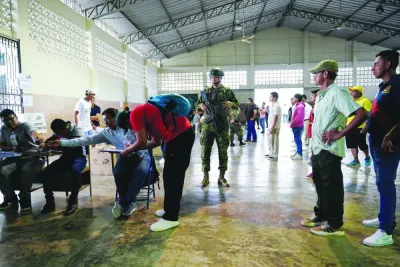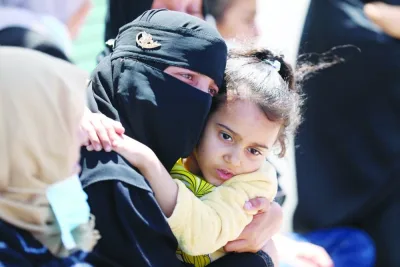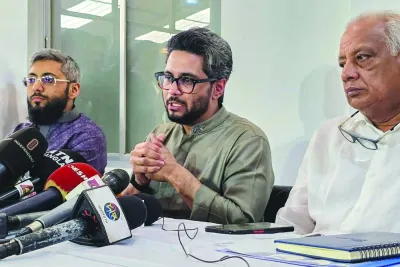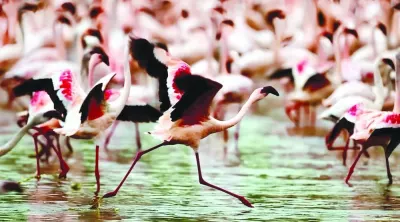When the fourth Qatar Economic Forum (QEF) - which brought together more than 1,000 world leaders, intellectual figures, and influential decision-makers from about 50 countries - concludes today, the country would have reiterated its position as a major hub for political, economic, and cultural dialogue. Through its focus on global challenges that affect societies and economies around the world, and covering the pillars of the international economy, whether in terms of trade and its connection to energy, investment, modern technology, or the general mood of consumers, as well as geopolitical turmoil and its complicated effects, the QEF has emerged as one of the most important events in terms of strengthening international partnerships.This event showcased Qatar’s ability to unite various parties even in light of regional crises such as the conflict in Gaza, as the world awaits the statements of Qatari leaders with an eagerness that was evident in the opening session in which HE the Prime Minister and Minister of Foreign Affairs Sheikh Mohamed bin Abdulrahman bin Jassim al-Thani was interviewed on stage. He stressed that the best way to stop the ongoing fighting in the Gaza Strip, which Qatar is demanding, is reaching an agreement, putting an end to the atrocities committed against civilians, and negotiating a deal to release the hostages.Sheikh Mohamed pointed out that the Qatari government has been keen on creating opportunities for the private sector, attracting foreign direct investments (FDI), and the growth of the manufacturing, logistics, tourism, and ICT sectors, as well as financial services. He underscored Qatar’s infrastructure-related investments in its healthcare and education sectors and cited the great strides in its digitalisation strategy, and the need for major investments in artificial intelligence (AI)-related infrastructure or applications.Sheikh Mohamed highlighted the role of educational institutions in pushing Qatar’s plans to maximise the use of AI. He also announced the launch of ‘Al Fanar’ or the Arabic Artificial Intelligence project. The objective is to collect quality data in Arabic, contributing to enriching large linguistic models and preserving the Arab identity.Saudi Vision 2030 and its integration with the Gulf economy received great attention, as was shown in the joint session with the Qatari Minister of Finance. The Saudi economy, with regard to the Gulf region, is always seen as a unified economic entity. The blend of ideas about politics, economics, technology, and future investments is an indication of the broad ambition and comprehensive outlook adopted by Qatar and the entire region to confront global challenges such as inflation and supply chain problems.In addition, continuing to exploit the legacy of the World Cup to promote tourism, especially Meetings, Incentives, Conferences and Exhibitions (MICE) tourism, is considered a vital element in the development of the Qatari economy. The region’s real opportunity to achieve economic prosperity depends largely on stopping wars, such as the conflict in Gaza, which threaten to spread to wider areas. The Gulf region is an attractive and vital source of energy globally, and the major countries must bear their responsibility for the stability of the region, and crises such as the interruption of supply chains during the Ukraine war and the events in the Red Sea have shown that no one emerges a winner from these wars, which affect global growth directly and indirectly.Among the highlights of the QEF are the agreements signed by the Investment Promotion Agency Qatar (Invest Qatar) and Media City Qatar (MCQ). Invest Qatar and Boeing signed a memorandum of understanding to establish a permanent legal entity, Boeing Aerospace Doha LLC, in Qatar. The new Boeing hub will focus on strengthening the local aerospace sector through research and technology advancements, fostering innovation and support for start-ups, as well as driving and developing sustainable aviation. Additionally, the hub will build a local skilled workforce that can contribute to the sector’s long-term success. Boeing’s new entity will complement the work carried out through its existing Qatar branch companies, Boeing Qatar Inc. and Boeing International Corporation.MCQ signed two MOUs at QEF. The partnership with the Qatar Research, Development and Innovation (QRDI) Council aims to foster an innovation-driven media sector in Qatar, enhancing technological capabilities and global competitiveness in alignment with the National Development Strategy 3. The MoU with Qatar University (QU) envisages to offer comprehensive media education programmes to current students and recent graduates of QU. The aim is to nurture future media professionals, in alignment with the goals of the Qatar National Vision 2030, focusing on building an education-based media society.The QEF highlighted the impressive and positive changes witnessed by Qatar and the region after hosting the 2022 World Cup. The tournament has led to several positive outcomes and significant changes in Qatar’s infrastructure leaving a great legacy. It also has led to many societal changes and has lifted the image of the country which is reflected in the announcement of FIFA that Qatar will host three more editions of the Arab Cup,” remarked HE Hassan al-Thawadi, secretary-general of the Supreme Committee for Delivery and Legacy for the Qatar 2022 FIFA World Cup He also pointed out several other changes and the tourism opportunities that the tournament generated as the country hosted several major events creating great opportunities in many areas.In the current global arena full of challenges, and where there is a growing need for constructive dialogues that shed light on the pressing issues sweeping the economic field in particular, and where decision-makers from all over the world aspire to shape a more sustainable and dynamic economic future, the importance of the is not only for Qatar and the countries of the region, but for the entire [email protected]












